Tag: Pulmonary embolism
-
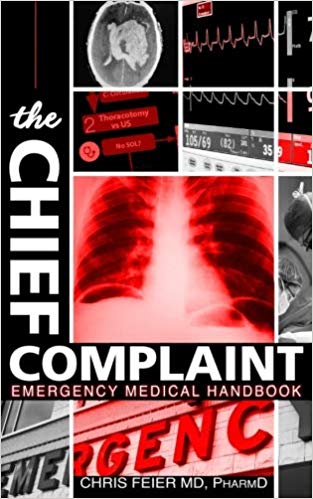
The Chief Complaint (2014)
The Chief Complaint (2014) is ideal for junior trainees and advanced medical students who are on an emergency medicine rotation and want to contribute to high acuity patient care without losing their bearing. What’s best, you can download it for free onto your mobile device.
-
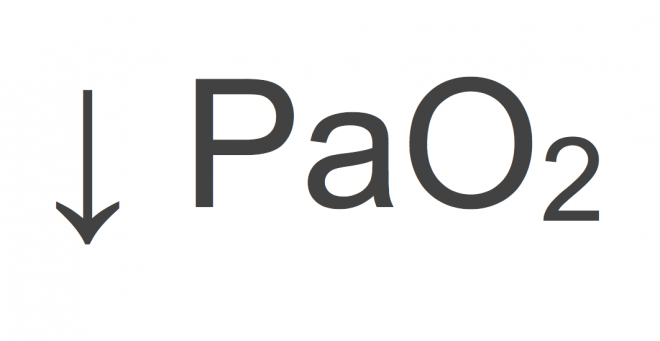
Hypoxia: Critical but Often Poorly Understood Concepts
Hypoxemic Hypoxia Arterial hypoxemia almost always points to either a reduction of the inspired oxygen tension or to a lung problem. When troubleshooting a hypoxemic patient, it sometimes helps to investigate the problem by breaking it down in an organized and stepwise fashion: Hardware and access issues: these are more or less obvious plumbing problems which…
-
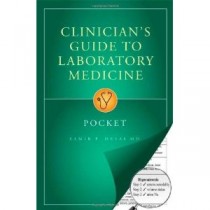
D-dimer: Key Points
It can be challenging to make a diagnosis of acute pulmonary embolism (PE). Research has consistently shown that the clinical manifestations of PE are common in patients without PE. Additional diagnostic testing is warranted if PE is a consideration. In recent years, the D–dimer test has played an important role in the evaluation of suspected…
-
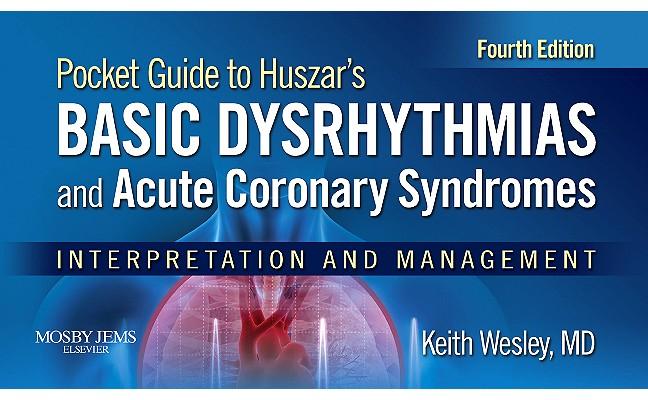
Book Review: Pocket Guide for Huszar’s Basic Dysrhythmias and Acute Coronary Syndromes: Interpretation and Management (2011)
Pocket Guide for Huszar’s Basic Dysrhythmias and Acute Coronary Syndromes: Interpretation and Management (2011) by Keith Wesley MD is a very good entry level electrocardiography book for medical students. (I previously recommended this book in Step 3 of Electrocardiography: A Curriculum for Self-Guided Learners.) The 200-page handbook contains good examples of most of the important…
-
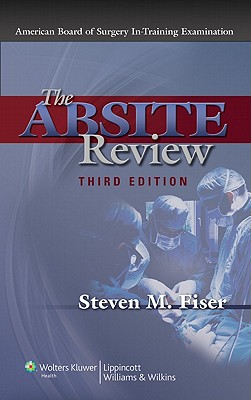
Book Review: The ABSITE Review, 3e, by Steven M. Fiser
There are a lot of outstanding medical books out there, but if I had only one book to use in preparation for any Step on the Boards, I would probably choose The ABSITE Review, Third Edition (2010) by Steven M. Fiser MD because the book is loaded with many, many hundreds of answers to commonly asked Board questions. The book’s emphasis…
